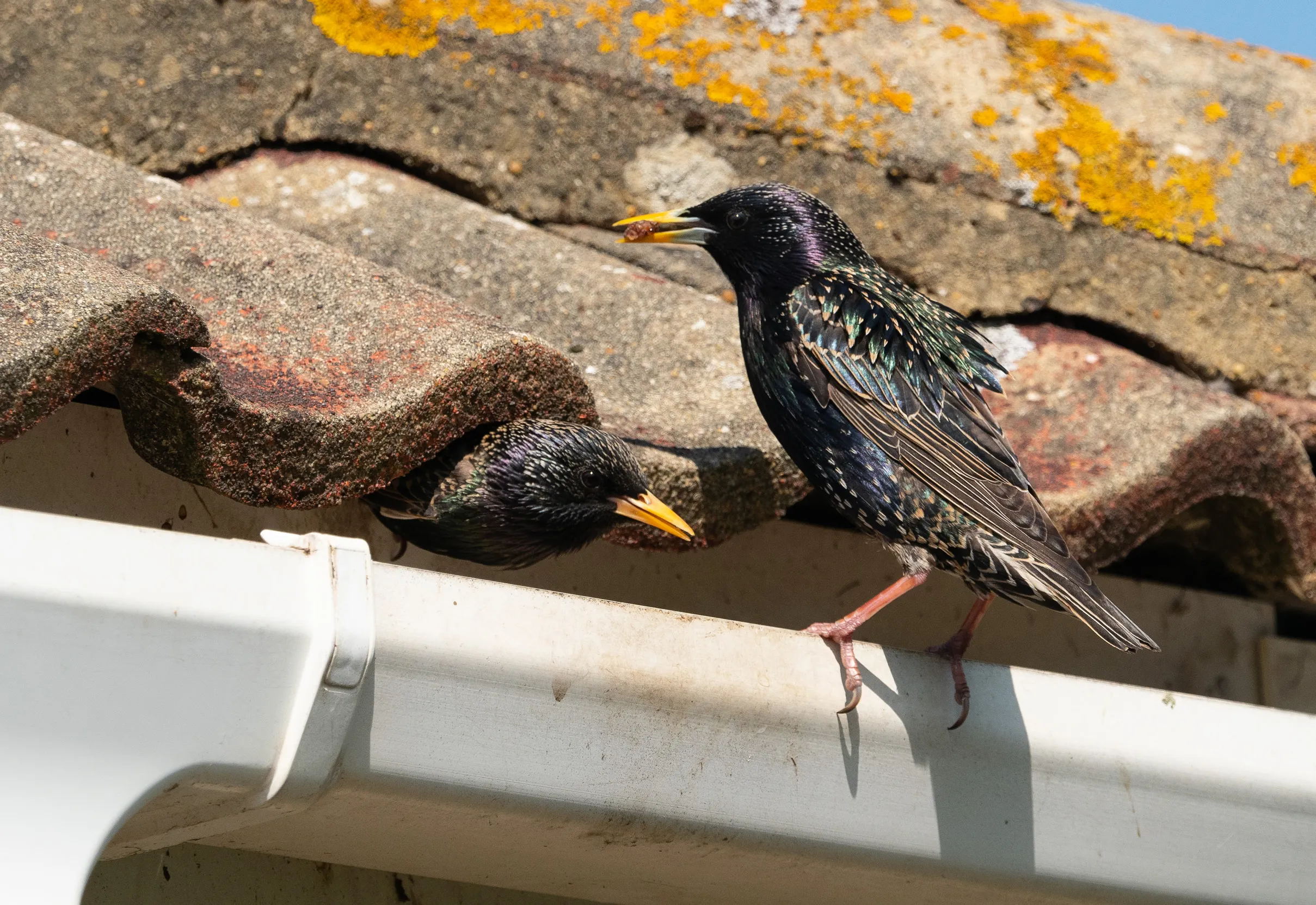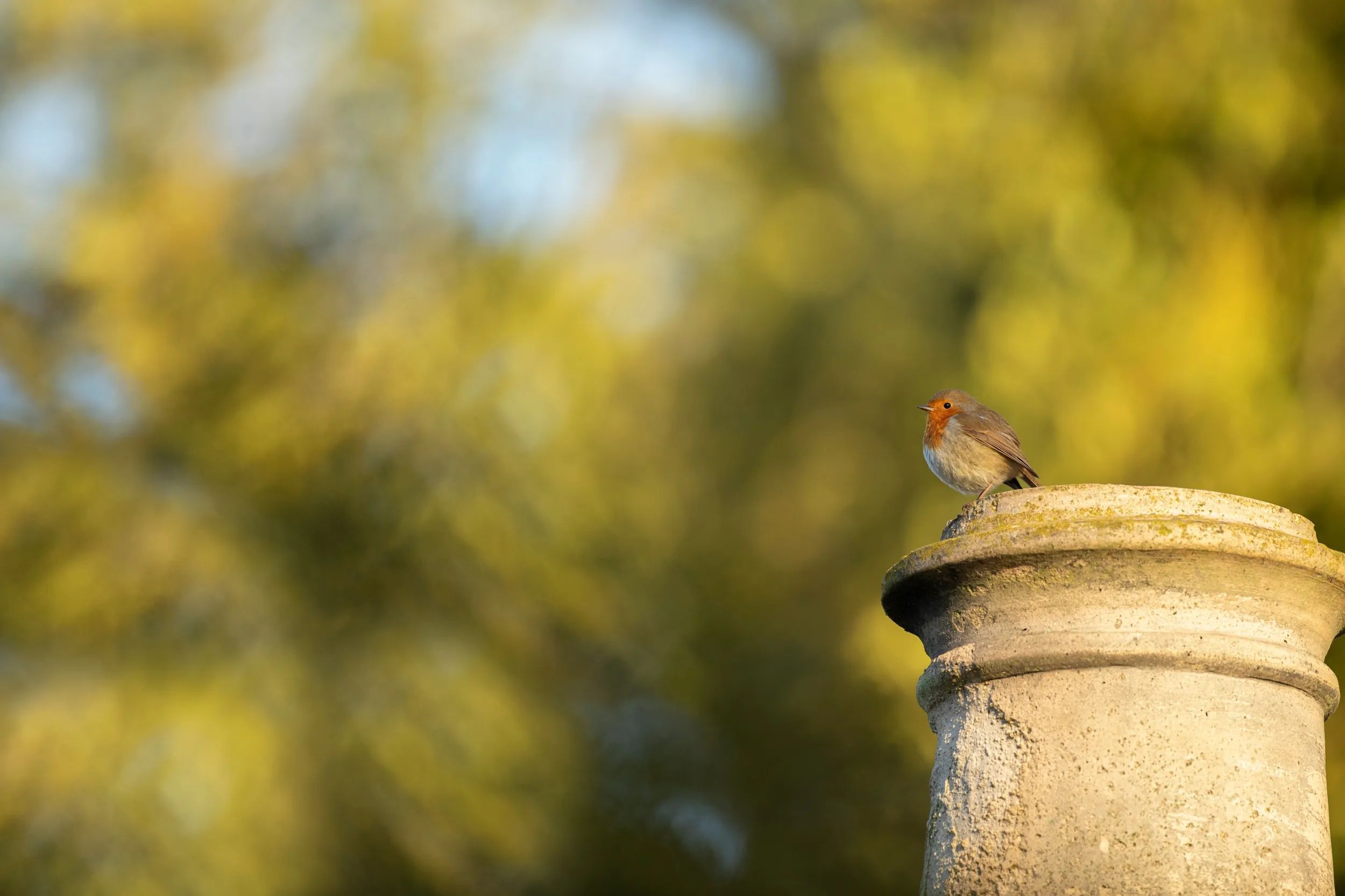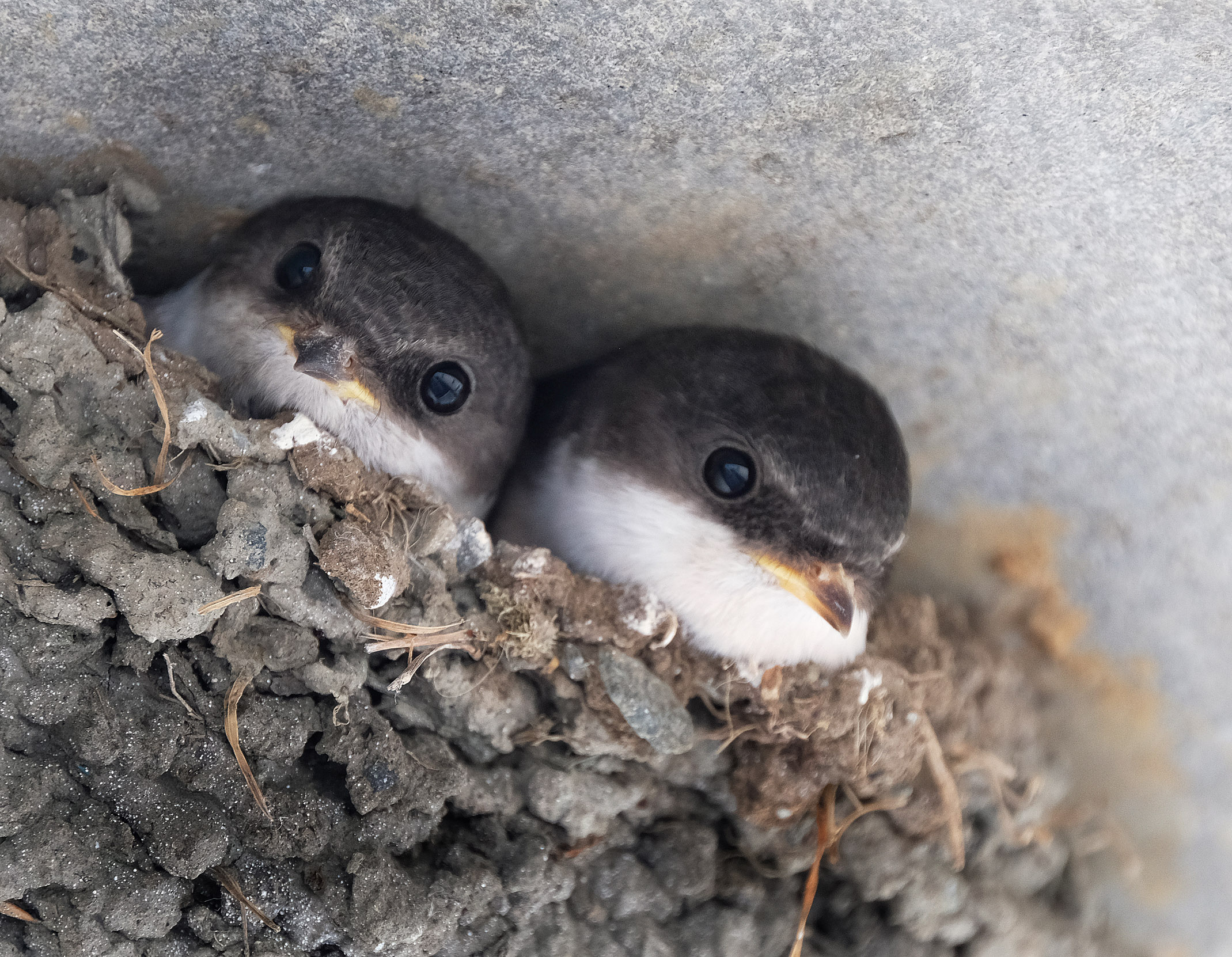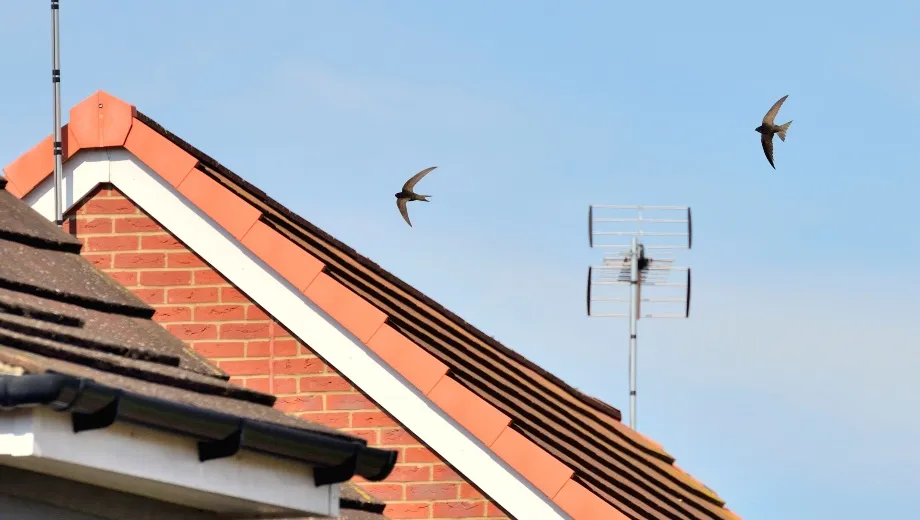Advice
Tribute funds
A Tribute Fund is a place to commemorate a loved one’s life. It’s somewhere family and friends can share stories, photos...
Birds can nest in lots of places in our homes – in roof spaces, under eaves, in walls and even in chimneys. Where we can, we should share our spaces with birds. But not all areas of our homes are safe places for birds to raise their chicks. Find out what you should do if you have birds nesting in your home.

If you find an active birds’ nest in your home, it’s illegal to remove it. Under the Wildlife and Countryside Act 1981, it’s an offence to intentionally take, damage or destroy any active wild bird's nest in the UK.
Instead, you must allow the chicks to leave the nest before taking any action to remove a nest or block an entrance to it.
Don't start building work on your home if you know birds are nesting, and if you do discover a nest during construction, it is best to leave it alone where possible. If construction work can’t be paused until the young have flown the nest, contact Natural England/Nature Scot/Natural Resources Wales/Daera for advice.
Bats roost in both old and new houses, and you may have bats in your house without even knowing it. Despite their association with Halloween, vampires and all things spooky, bats are just small mammals that don’t mean you any harm.
They don’t make much noise or smell and their droppings soon crumble away to dust. They don’t use bedding or return with any insect prey to the house. A pretty low-key houseguest all things considered.
Bats nest in roof spaces, under roof tiles or lead flashings, even between gaps in mortar or behind fascias and soffits. A roost is not likely to be used all year round, but bats will return at appropriate times each year to previously used sites.
Bats and their roost sites are fully protected by law, even if bats are not present all the time. If you have bats in your roof, you must not shut them out by any means.
If you have problems with bats in your roof or need to carry out repair work, you must contact the Bat Conservation Trust for advice.
IMPORTANT: if you find a sick or dying bat, don't approach it or touch it. Instead, get in touch with the Bat Conservation Trust.
The populations of many wild birds are plummeting. Human actions are squeezing our feathered friends out of places to nest, rest and feed. Where possible, we should try to share our space instead. Birds should be allowed to nest wherever there is no conflict. Chimneys are not safe for birds to nest (find out more below), but roofs and eaves can be vital refuges. Birds need our help. If you can, please allow them to access to nest in your roof or fit a suitable nesting box.
If you must stop birds accessing your home, wait until the winter months when they are not nesting (note: pigeons can nest throughout the year).
If it’s not suitable for birds to continue nesting in your house, why not fit a nest box to the outside of your home or in your garden for them to use instead? You can buy a nest box from our online shop, or have a go at making your own.
It’s best to prevent birds nesting in chimneys – it reduces the risk of chimney fires, as well as avoiding injury to the birds and damage to their nest. You can do this by having chimneys swept regularly and by fitting a cowl to the chimney pot to prevent access.
If you have a gas fire you will need to get a qualified gas appliance fitter to come and move your fireplace away from the opening of the chimney to conduct any work.
If you have an active nest in your chimney, it must be left alone, with no fires lit until the nest is no longer in use. This is both for your safety, as well as that of the birds and their nest contents.
Once the nest is no longer active, have the chimney sweep out and get a cowl fitted either by the chimney sweep or a builder.
If there are birds stuck in your chimney that aren’t nesting, you can get them out. Wait until nighttime and make the room at the bottom very dark, then shine a very bright torch up the chimney. The birds will fly towards the light, thinking it’s 'daylight' and they can be caught in a sheet at the bottom.
If the bird isn’t injured, you can release it outside. Then follow the instructions above to seal your chimney.
If the bird is injured, contact the RSPCA (SSPCA for Scotland, or USPCA for Northern Ireland) or a wildlife rescue which can be found at HelpWildlife.co.uk.

There are a few different birds who will make a home for their chicks in buildings. Many of them, especially birds that use roof spaces, are now species of conservation concern because of their population decline over the past 25 years.
It’s important to remember that all species of wild bird, and their nests, are protected by law. Here’s a guide to the birds that might nest in your home.
House Sparrows and Starlings are the most likely species to share your home. They normally enter the roof-space through a gap between the roof tiles and the gutter.
A small, brown bird, 14.5 cm (6 inches) long, which cheeps a lot. The male is streaky red-brown on back, grey on top of head with black chin. The female is paler brown, streaked on top, unmarked underneath.

21 cm (8 inches) long. The adult is blackish, glossed green and purple, with a pointed yellow beak. The juvenile is brown with a black bill and mask. It makes noisy whistles, rattles and crackles. Can be heard walking around inside roof.

32 cm (13 inches) long. The familiar town square pigeon which is really a domestic pigeon gone wild. Anything from black to white, grey or brown. If roof damage has created large holes, they may move in.
Tits nest in crevices in all sorts of surfaces. Occasionally, Blue Tits and Great Tits will use holes in house walls, where an old pipe has been removed or brick has crumbled.

House Martins may build their mud nests on the outside of the building, high up under the eaves. They will not usually enter your roof space. You can also fit cup nests to your eaves to give House Martins somewhere to nest. House Martins are 15 cm (6 inches) long, blue-black with a white underside and square white patch on their backs at the base of the tail. Don’t disturb the nest. If it has collapsed, contact the RSPCA/SSPCA/USPCA for guidance.
House Martin droppings can be an issue, especially from a nest over a door or window. You can fit a shelf to below the nest to catch droppings. It should be about 250 mm wide and placed about two metres below the nest. Use key-hole brackets so you can remove the shelf for cleaning.

Swifts seek dry, safe sites just inside the roof, usually entering where overhanging roofing felt is torn or where soffit boarding has become rotten. Swifts are 25 cm (10 inches) long, sooty brown, with very long, sickle-shaped wings and a forked tail. Their legs are very short and they can barely move once they land, so they will not walk around inside your roof.

In the countryside, owls sometimes make use of roofs. Barn Owls will live up to their name in a barn with plenty of mice and voles but aren't likely to nest in an occupied home. Barn Owls must not even be disturbed when at or near their nest. Little Owls and Tawny Owls are much less likely to nest in our homes.
Jackdaws may nest in old cottages with very wide chimneys, but modern homes usually don’t have enough chimney space.
Swallows prefer outbuildings and garages, but may nest in porches. They are 17-19cm in length and have dark glossy backs with white undersides and a red patch on the face.